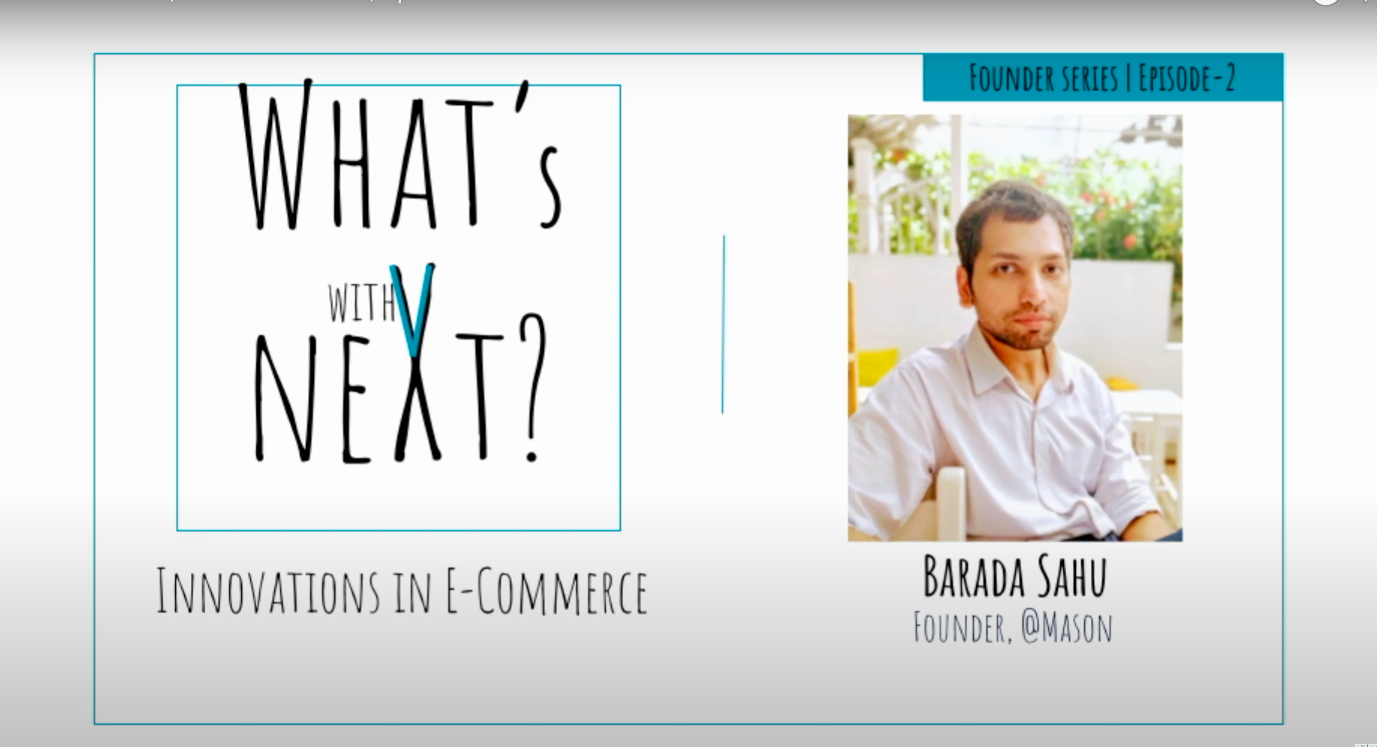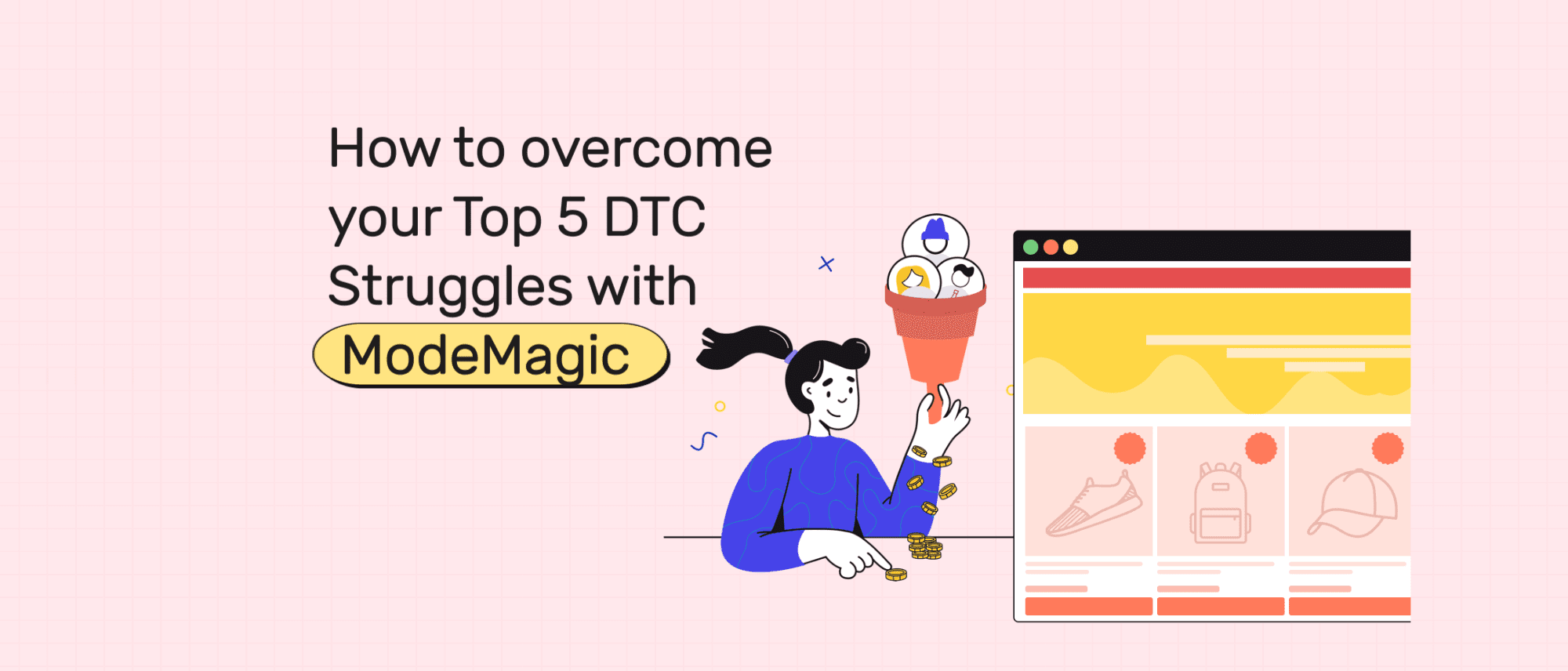The great thing about Shopify content marketing is that you can dip your toe in and then get progressively committed. When you start, it’s not too technical and you certainly don’t need to be a seasoned marketing expert to give it a shot!
What we have for you in this guide:
- An introduction to content marketing
- Why you need it for your Shopify store
- How to get started
- A few different platforms to use for it
- How to use it to boost sales
What is Content Marketing?
There are many definitions of content marketing out there.
Simply put, content marketing is using different forms of content to draw in customers and turn your customers into repeat buyers and brand loyalists.
Why You Need Content Marketing for Your Shopify Store
Hand up if you’ve faced any of these scenarios before:
- You have difficulty drawing in new people to your store
- You find it easy to get new customers but not too many of them come back
- You find it difficult to get newer audiences to interact with your brand
- Sometimes, you find that a new customer has heard about your brand through a friend or family member
Content marketing helps you:
- go out and find new customers without being pushy
- stay on top of your customers’ minds so they keep shopping with you
- increase the number of referrals you get from customers
Think of it as going out and creating a bond with your customers across all these platforms they're already paying attention to - social media, email, blog posts, and more.
4 Steps to Get Started with Content Marketing
1. Choose the right channels
Content marketing includes just a handful of channels, but they need to be the right ones for you! A jewelry brand, for example, doesn’t quite need to be on LinkedIn when considering social media.
But we’re getting ahead of ourselves - we’ll get into the list of channels in just a bit.
2. Plan your content
We’ll be honest. Planning takes up the largest chunk of time when it comes to content marketing - you need to plan what sort of content you’re putting out, to whom, when and where.
For example, you can plan to send out a Christmas sale emailer with special benefits to all your customers right after the Black Friday Cyber Monday weekend - that way, you can catch any customers that didn’t buy their presents during that particular shopping weekend.
Pro-tip: Personalize it!
3. Distributing your content
When it comes to content marketing, your content is only as good as your distribution strategy!
Now, this is obvious when it comes to email marketing, but how are you going to distribute your blog posts?
People don’t come read your content simply because you’ve written it - you need to push it out there. The same goes for social media, especially with organic reach dwindling by the day. If you don’t find ways to get your content in front of people - and new people all the time - you won’t really see results.
4. Tracking effectiveness
Speaking of seeing results, have you wondered how to tell if content marketing is working for you? Every channel of content marketing will have a way for you to measure its success.
- For blog posts, you need to check the number of people coming in to read (sessions), how much time they’re spending there (time on page) and whether they’re moving onto the rest of your website (behavior reporting)
- For social media, you need to analyze interaction (likes, shares, comments) as well as time spent on every post and the kind of audience your page is attracting
- For email marketing, you need to check the open rate, which tells you how many people opened that email, as well as the Click Through Rate (CTR) which tells you how many people clicked on it to visit your website
Channels that come under content marketing
Content marketing includes a number of content channels, all working together to take your brand to prospective customers.
Social media
Chances are you’ve already created your social channels. Kudos to you!
Social media is most useful for drawing in new customers and engaging your current customers, and channels like Instagram help push sales too! But getting those likes and engagement is quite the challenge - so we’ve got some best practices for you.
Social media best practices
- Have a brand essence in mind - is your brand quirky, fun, luxurious, or ethical? The essence should come out in your images so page visitors can tell at a glance
- Post regularly - the algorithms of Instagram, Facebook and the like are always changing, but they prioritize the spreading of content that’s popular and regular
- Plan for the look & feel of your whole page, not just each post. When your posts come together - especially on a visual platform like Instagram - it should look like a cohesive brand story
- Mix up your content - don’t just post about your products but show them being used, or share behind-the-scenes information and how-it-works knowledge around your products/service
Email marketing
We’re not talking about shooting emails to cold leads. Email marketing, when done smartly, will be one of your greatest ways to drive sales - and it’s almost free!
Here are a few types of emails to different audiences that you should be sending:
- Transactional emails: It’s very, very important that you send customers regular notifications about their orders, or engage them when they drop off while shopping. Use automation tools to send updates on orders and to retarget users who have abandoned carts.
- Newsletters: Stay on top of your customers’ minds by sending them newsletters. This can just be a weekly email that sums up a collection of blog posts (if any), new arrivals, sale items, and any other important updates you’d like to share
- Engagement emails: Build a relationship with your customers by inspiring them! If you were a fashion store, for example, you could shoot an email to your customers showcasing an ensemble on a model and linking the products. Showing your products in action always help increase engagement
- Referral emails: You’ll get some of your best new customers from existing customers. So send feel free to periodically send out an email that offers a referral incentive!
- Updates: A new sale coming soon, new arrivals, a new collaboration - keep your customers updated so they know something fresh is always on the go!
Blogging
Gone are the times when brands would be simply content with posting a blog post once in a while. Today, the point is not to publish some content but to publish great, useful content and then place it in front of potential customers via native advertising or social media marketing.
If you're building a content team, it can be hard to find content writers that deliver great value. Using reliable job boards to hire writers will save you time, money and effort.
Here are some types of blog posts to inspire you:
- How-to blog posts - show potential and current customers how to use your products, or how your services work with snippy how-to blog posts.
- Pro tip: Add in videos to take these to the next level and use the same videos to promote on social media!
- How-it-works blog posts - Do you have a lot of knowledge to share about your products or services? Trust us, the world would love to hear!
- Product placement blog posts - inform your customers about your area of expertise while subtly plugging in your products or showing them how to use your products
- Educative blog posts - The more information you have to share in your area, the more interested your customers will be. If you work in the organic skincare products industry, for example, you must educate your customers about different ingredients
Don’t forget videos!
Video is a format you just can’t miss - just ask the thousands of successful influencers and YouTube channel owners.
Similar to blog posts, you can do how-to and how-it-works videos, behind-the-scenes videos and you can also tie up with influencers and like-minded brands to create videos. Review videos really work for products, so make sure to get plenty of customer testimonials! You need to plan your videos and then also plan how you’re going to make the most of them - similar to blog posts. So ask yourself all the same questions!
And just to round things off…
Here’s a Checklist of Channels for All Your Content Marketing Goals:
To get more traffic
- Social media
- Blog posts - including guest blog posts and community publishing
- Referral email campaign
- YouTube series
To convert more traffic to sales
- Emails - transactional emails, engagement emails, updates, and newsletters (the last one if relevant to your brand)
- UGC (User Generated Content) campaigns - that showcase satisfied customers in order to convince prospective ones
To increase reorders
- Emails - sending emails based on previous browsing patterns, for example, or sending reminders for products that are essentials
Conclusion
Essentially, as long as you truly understand what you’re doing and why you’re doing it, content marketing will always work in your favor.
And that’s it from us, folks! We tried to keep this as comprehensive yet snackable as possible so do feel free to pick up from here and get started with baby steps if you haven’t yet.






